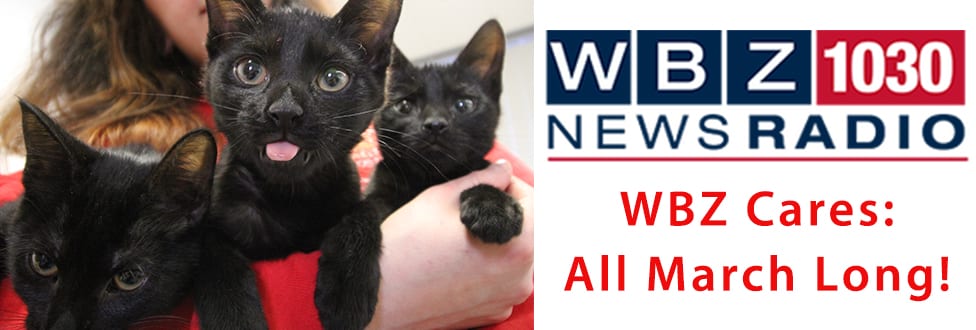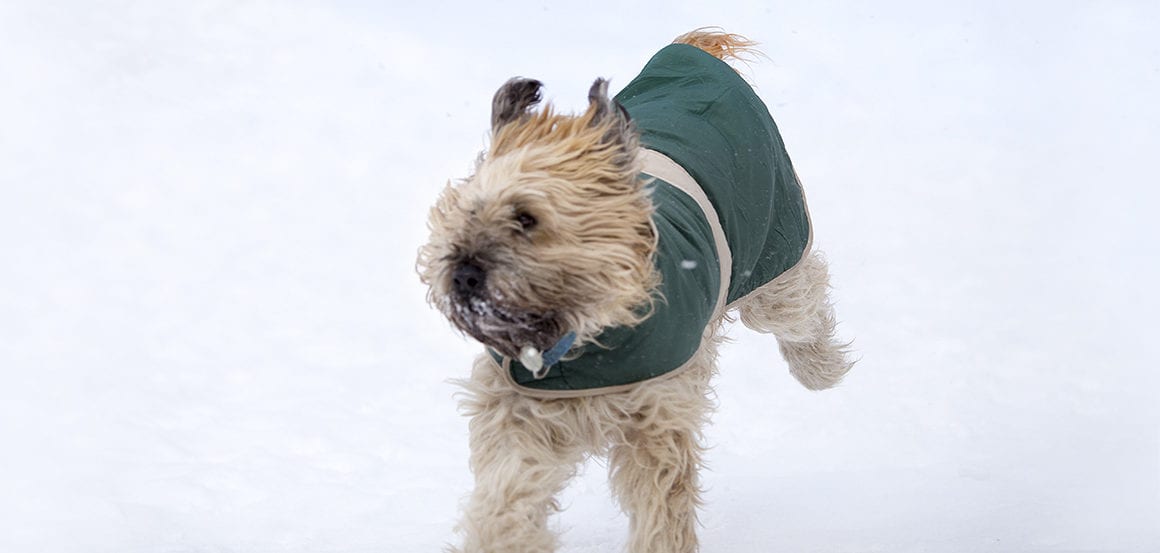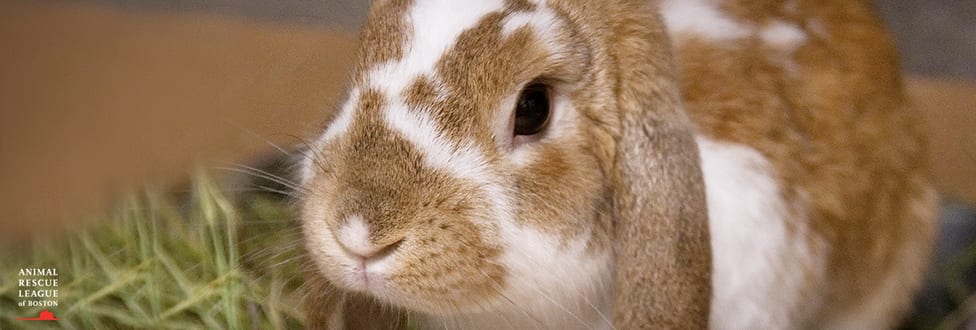Pets As Gifts… CAN Be a Good Idea!
5 factors to consider before you give pets as a holiday gift
It seems like a no-brainer… Giving a pet as a present can be a win-win situation for everyone involved: the animal has a cozy home to call its own, the recipient is in a state of awe, and the giver (you!) has made your loved one’s holiday even more joyful.
While this is the gift-giving scenario that every animal lover dreams of, make sure it really is the purr-fect present for the person on your list.
If giving your loved one a new pet as a present is on your mind, here are 5 things to consider:
- Manage the surprise. Even at the risk of spoiling the surprise, make sure that the intended recipient wants a new pet. Check in with someone who currently has pets or has recently lost one to make sure they are ready.
- Don’t make them sneeze. That’s not a twinkle in their eye; it’s allergies. Confirm any allergies among all household members. No one wants to go get an allergy shot after opening what’s supposed to be an extra special gift, after all.
- Know where they live. Even if you know your intended recipient really wants a pet, ensure that their building and development allows them. If their home is pet-friendly, be sure to confirm any weight or breed restrictions.
- Find out what they can handle. You want to know that the animal you are getting matches the lifestyle, physical limitation, ages, and personalities in the household.
- Adopt from a shelter. When you adopt, you give an animal a chance at a better life. Adopting from a reputable animal shelter like the ARL’s adoption centers, also has many practical benefits. All our adoptable animals, for example, receive spay/neuter services, vaccines, and a health and behavioral screening.
Keep in mind… It never hurts to run the idea by your loved one beforehand or take them along to pick out their new pet. They and their new furry friend will be thanking you for many years to come!
ARL has many deserving animals looking for a home!
It’s not just snowing cats and dogs here at ARL’s shelters in Boston, Brewster, and Dedham. We have many special small shelter pets like birds and rabbits who are looking for loving homes!












 In 2016, ARL served more than 17,800 animals throughout Massachusetts.
In 2016, ARL served more than 17,800 animals throughout Massachusetts.





